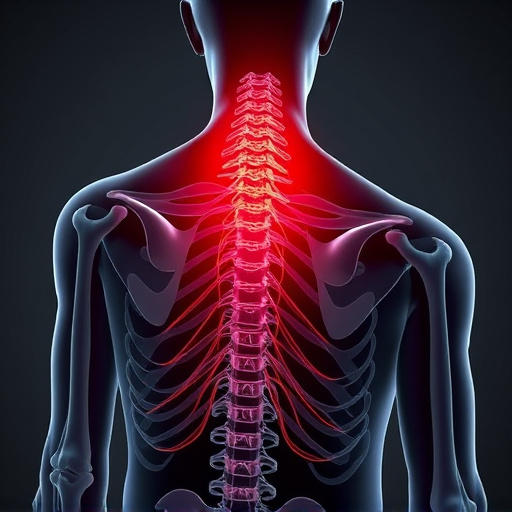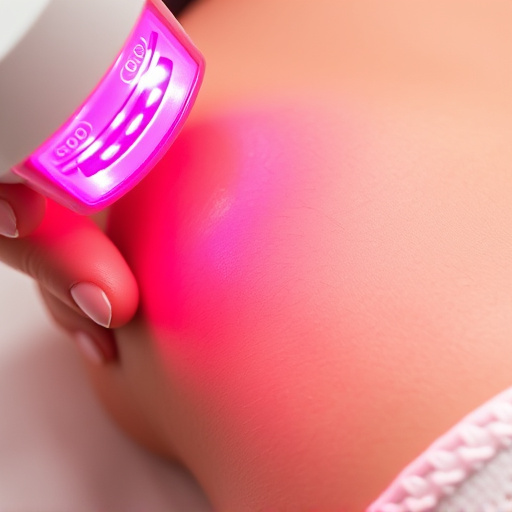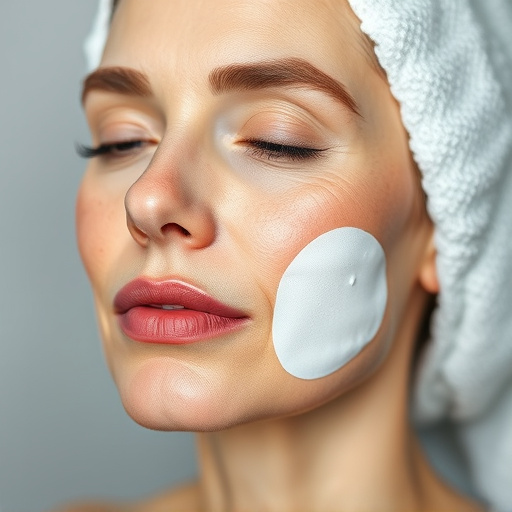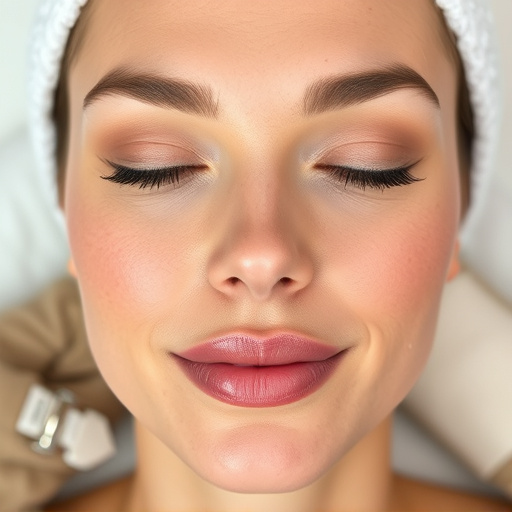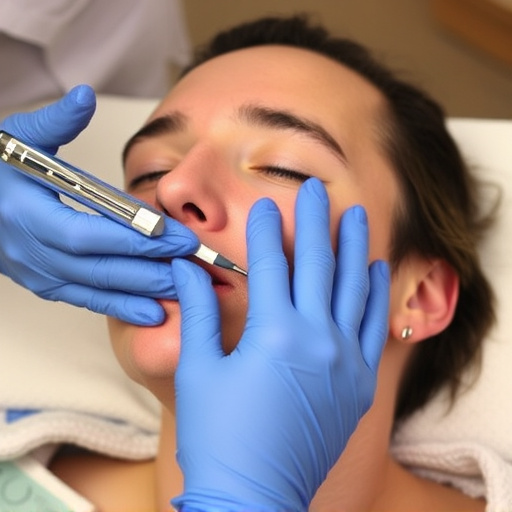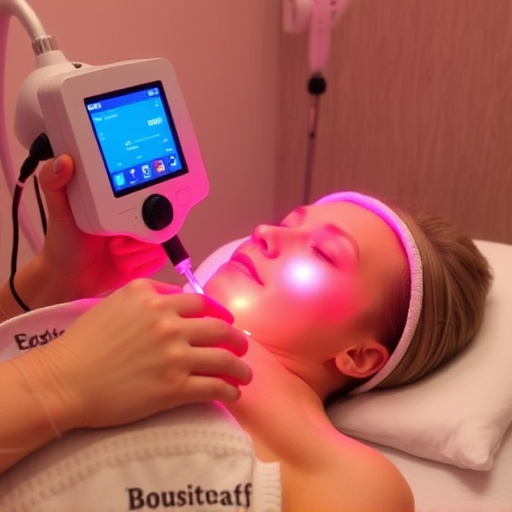Salicylic acid peels are gentle yet powerful exfoliators that remove dead skin cells, unclog pores, reduce scarring, and improve skin texture for various skin types. They're particularly effective in treating acne scars, with studies showing significant improvements over several months when combined with other anti-aging treatments like microneedling or skin tightening. However, they can cause temporary redness, irritation, or dryness; therefore, it's crucial to consult a skincare expert and follow proper post-treatment care for optimal results while minimizing risks.
“Discover the potential of salicylic acid peels as a promising solution for reducing acne scars. This article explores how these topical treatments can transform your skin’s appearance. We delve into the science behind salicylic acid, its effect on scar tissue, and what research reveals about its efficacy.
While beneficial, it’s crucial to understand potential side effects and safety measures. Learn about the right application techniques and when to consult a dermatologist for optimal results with salicylic acid peels.”
- Understanding Salicylic Acid Peels: How Do They Work?
- The Impact on Acne Scars: What Studies Show
- Safety Precautions and Potential Side Effects to Consider
Understanding Salicylic Acid Peels: How Do They Work?
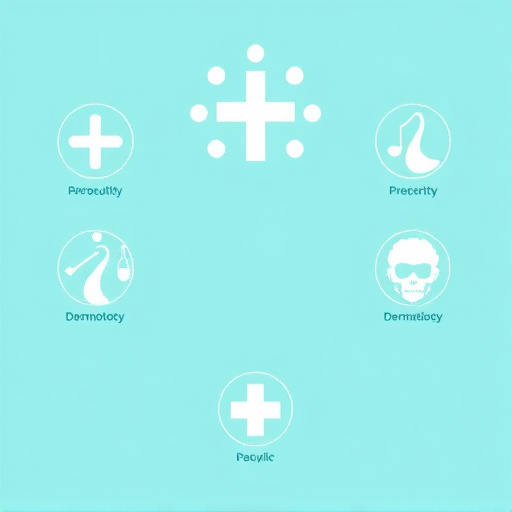
Salicylic acid peels are a popular skin treatment that offers a gentle yet effective way to improve skin texture and appearance. This chemical peel works by exfoliating the upper layers of the skin, removing dead skin cells and unclogging pores. Salicylic acid, a beta-hydroxy acid (BHA), is known for its excellent penetration properties, allowing it to dissolve oil, debris, and even stubborn impurities trapped within the pores.
Unlike some other chemical peels, salicylic acid peels are suitable for various skin types, including sensitive skin. Its anti-inflammatory properties help soothe irritation and redness associated with acne scars. Regular treatments can lead to smoother, softer skin with reduced appearance of scarring. Additionally, these peels can be paired with other procedures like hydrating facials or laser hair removal for a comprehensive skincare regimen, promoting overall skin health and rejuvenation.
The Impact on Acne Scars: What Studies Show

Salicylic acid peels have gained significant attention as a potential solution for improving the appearance of acne scars. Numerous studies have explored their efficacy, with many delivering promising results. These acids work by exfoliating the skin, removing dead skin cells, and unclogging pores, which can help reduce the depth and visibility of acne scars over time.
Research suggests that salicylic acid peels, when combined with other anti-aging treatments like microneedling therapy or skin tightening procedures, can offer even more significant improvements. A study published in the Journal of Clinical and Aesthetic Dermatology found that patients who underwent salicylic acid peel treatments showed a notable reduction in acne scars, with the effects lasting for several months. This supports the growing body of evidence that suggests salicylic acid peels could be a valuable addition to one’s skincare routine for achieving smoother, more even skin and minimizing the appearance of old acne lesions.
Safety Precautions and Potential Side Effects to Consider

While salicylic acid peels are generally considered safe and effective for fading acne scars, it’s crucial to understand potential side effects and take necessary precautions. These peels work by exfoliating the top layer of skin, encouraging cell turnover, and promoting collagen production. However, they can cause temporary redness, irritation, and dryness, especially if your skin is sensitive. In rare cases, more severe reactions like blistering or infection may occur.
Before undergoing any salicylic acid peel treatment, consult a professional skincare expert. They can assess your skin’s condition and determine the appropriate concentration of acid for your needs. Additionally, follow post-treatment instructions carefully, including using sunscreen and avoiding irritants to support healing and minimize side effects. Remember, professional guidance is key to achieving optimal results with minimal risks, ensuring your journey towards smoother, scar-free skin is both effective and safe.
Salicylic acid peels show promise in reducing the appearance of acne scars, as supported by various studies. By exfoliating deep into the skin and unclogging pores, these peels can enhance collagen production and improve skin texture. However, it’s crucial to understand potential side effects and follow safety precautions, such as avoiding solar exposure and using sunscreen, to ensure a positive outcome. When performed correctly, salicylic acid peels could be a game-changer in fading acne scars for a clearer, more even complexion.
